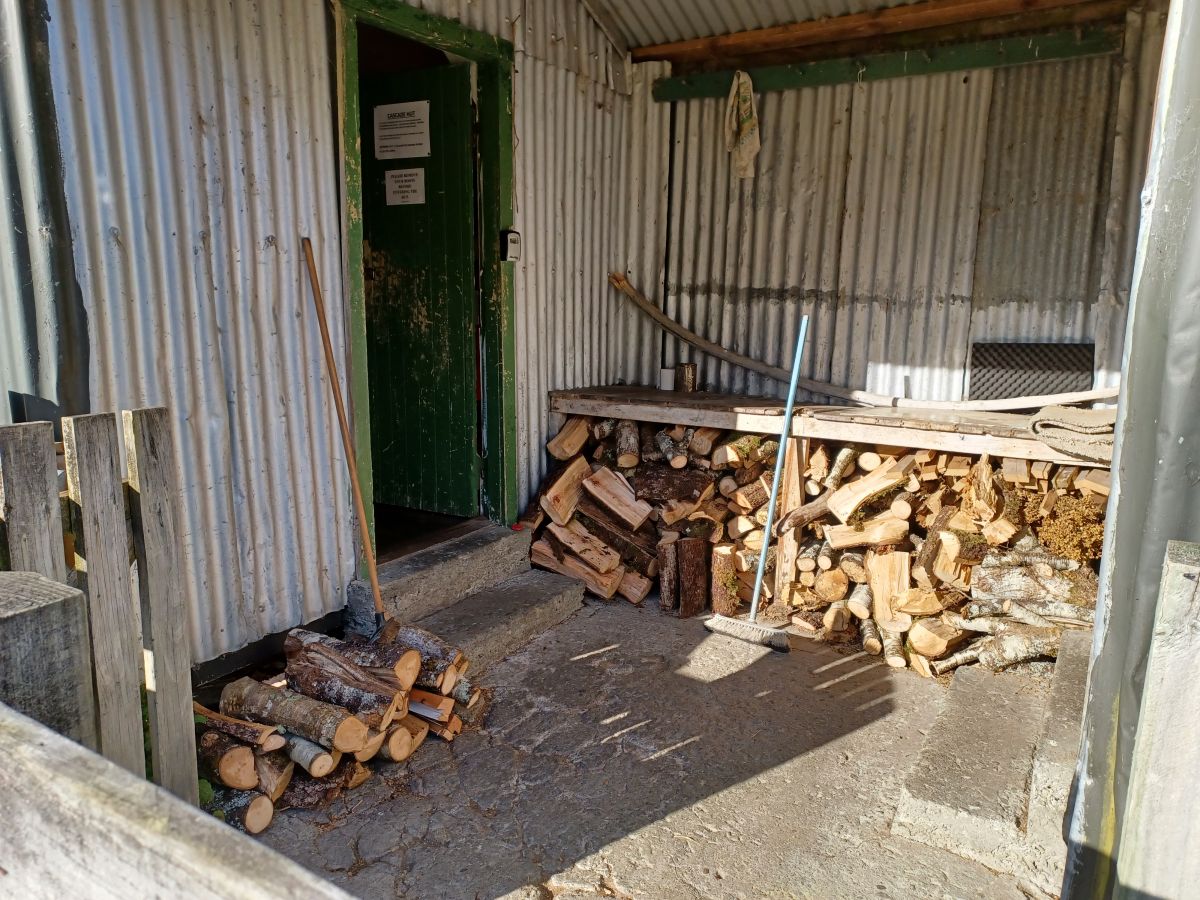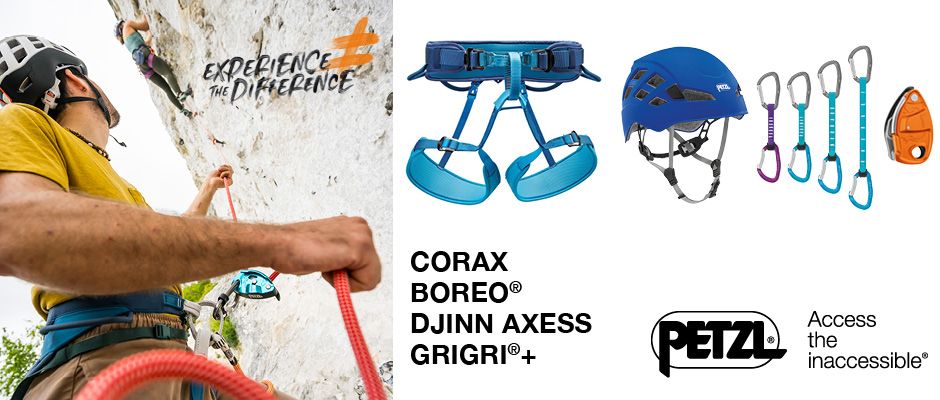
Cascade Hut Working Bee
When the someone asks you how your weekend trip went, usually if you respond with 'it was
sh*tty!', then it’s a sign that the weather, company or route was bad. Not in our case! Balmy
summer weather, a crack maintenance team and a stunning location in the West Matukituki
valley made for a productive and enjoyable weekend mission. The sh*t was no joke though … the
Cascade Hut long drop was in dire need of relocation to a new hole. Thus, Keith had put out the
call for a 4WD and some volunteers to go in and sort out the issue. I had roped in my Dad,
Alister, with his Pajero and superior digging skills and along with Martin (a long time Cascade
Hut restorer) and Keith, we made up the 4WD team who stayed overnight at the hut. John and
Kirsten were keen enough to bike in and meet us there for the Saturday working bee.
On Saturday morning the 4WDers meet up in Alexandra to carpool, with the challenge of fitting
all the tools, shovels, crowbars and cleaning supplies in the boot of the Pajero—along with
overnight gear for four people. Eventually, it was decided what was most necessary to take with
us … knowing that whatever we left behind would definitely be what was most needed once
arriving at the hut. After a leisurely coffee stop in Wānaka to fuel the workforce, we trundled into
Raspberry Flat carpark. It was an odd feeling to keep driving past this carpark instead of
parking up and walking like most people heading up the valley. Arriving at Cascade Hut after a
bumpy but uneventful drive (thanks to the Aspiring Hut rebuild team keeping the 4WD track in
great nick), our crew had time to scope out the work ahead before tucking into lunch and a
cuppa. John and Kirsten had beaten us to it on their bikes and even had time to pop along the
valley and check out the progress on the Aspiring Hut rebuild.
Over lunch, plenty of discussion ensued about where to dig the new hole. No one was keen to
chip through layers of compacted rock and gravel for hours on end in the hot sun! It was
decided that working smarter not harder was the order of the day, with a careful hunt for the
location of a historic long drop hole nearby to the current loo (according to the DOC long drop
guide … yes, there is a 10 page document … this is okay as long as it’s been at least 6 years
since it was last used). This proved a worthy strategy as the digging progressed at a rapid rate
aided by Alister’s superb shovel skills and John’s great work on the crowbar. They had hit part
of an old hole and this made the digging much easier with only a few large rocks at the bottom
to lever out. A reminder to all the ladies out there, feminine hygiene products containing plastic
should not be disposed of down the hut long drop. Use cotton biodegradeable alternatives, or
carry out your rubbish. Sadly, we did find plenty of plastic rubbish in the soil that had not
biodegraded like the rest of the organic matter.
Meanwhile, Martin was fixing the hut door handle (to ensure no-one gets stuck inside the hut
accidentally in future), Keith was on the chainsaw prepping fallen logs for rollers and I was deep
cleaning the long drop. Kirsten did a great job as photographer and generally helping out
everyone else as needed. In no time at all, the hole was finished and duly measured to ensure it
met the required dimensions. Next, the team gently tipped the existing loo onto Keith’s handy
rollers and with much pushing, pulling and shoving the wee structure made it’s lopsided, wobbly
journey a few metres away to the new hole. The fact that no-one fell in the old hole during the
process was a great plus! Getting it exactly situated over the new hole with rocks to level it so
the door swung smoothly took a bit of time and teamwork, but finally it was finished and the old
hole filled in safely. White seat gleaming in the afternoon sunshine, the newly cleaned loo was a
joy to behold! The crew had earned their afternoon cuppa already and it was only 2pm. Many
hands really do make light work.

After a well deserved break, it was on to the firewood pile. Clearing away the remains of the old
woodshed that had blown down in a storm, we sorted out what could be reused for the new
shed while Martin took measurements in preparation for a new structure to be built on a future
trip. Keith was busy on the chainsaw in a nearby pile of fallen logs, stocking up the firewood
supply for future visitors. We all helped ferry the wood, stacking it neatly under the cooking
bench in the communal lean-to, ready to warm the hut when the cooler days hit. Some of the
team also tidied the bunkrooms, swept the whole place, dug out weeds around the hut and
removed the masses of cobwebs from the hut eaves.

Soon the firewood pile was full, the hut was looking pretty ship-shape and it was time for John
and Kirsten to bike back out down the valley. That evening, some of us went for a swim and a
walk to look at the Aspiring Hut rebuild (super exciting to see it coming together) before a
leisurely dinner and plenty of yarns. Martin and Keith regaled us with many stories of their past
climbs in the imposing peaks overshadowing us. Next morning, after finishing up a few last little
jobs, we piled back into the Pajero and slowly made our way out on the rocky 4WD track down
the valley. Until next time … I’m sure Martin is already planning the next trip there to carry out the
new list of jobs.
It was the first time I’d been part of a hut working bee and it was a completely different
experience to just passing through as a tramper. Very satisfying to feel like you’ve contributed to
the ongoing fabric of the hut history in a small way, to ensure that it is cared for and cherished
for future generations of trampers and mountaineers. It also gave me a deeper appreciation for
the hut itself and its history as one of the oldest club huts in the South Island (built in 1932). I’d
never actually stayed there before, but now I’m keen to stop by at this cosy wee hut on future
missions to the area. I definitely recommend helping out at a hut working bee in the future for a
special experience in our amazing backcountry.
You can email [email protected] to find out about any upcoming working bees.
To stay at Cascade Hut (only $5 for NZAC members), book online via
https://shop.alpineclub.org.nz/product/cascade-hut/
